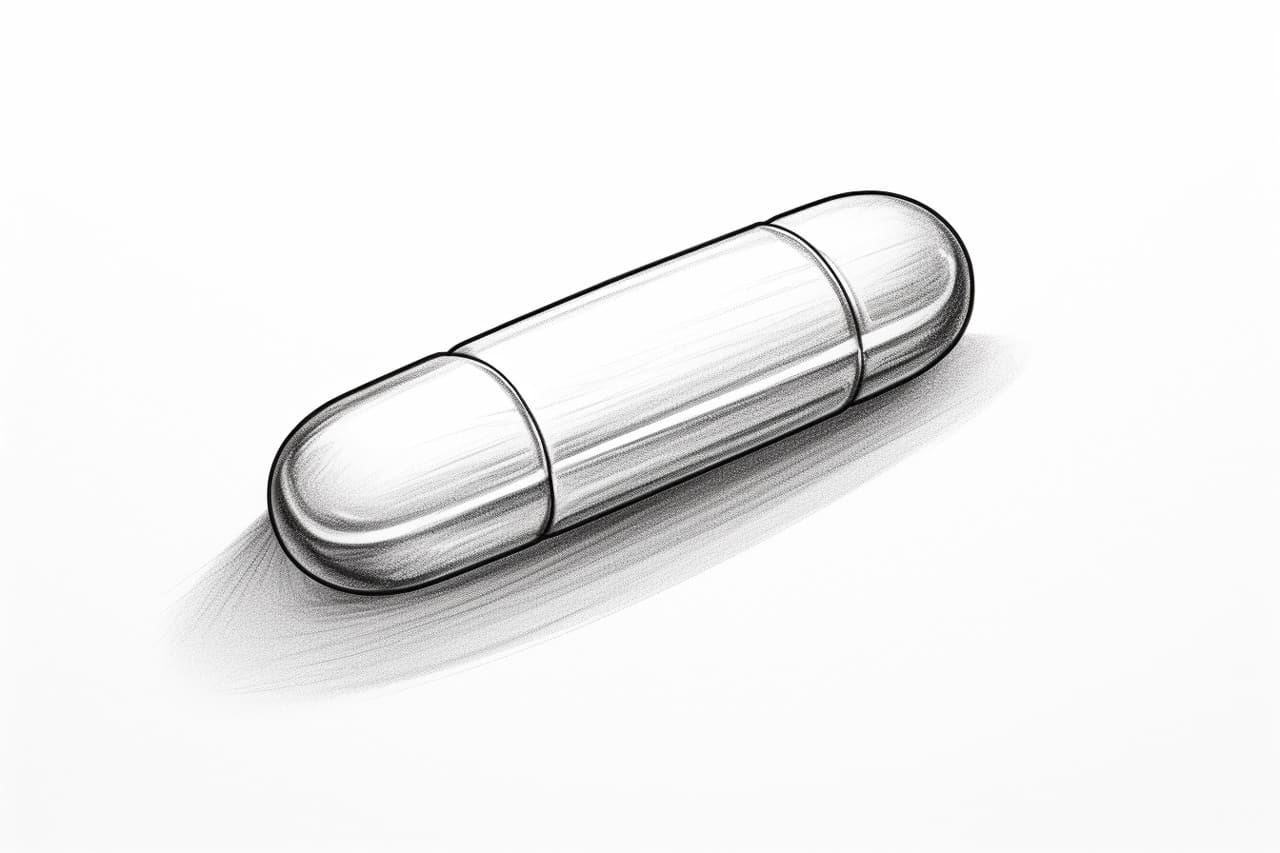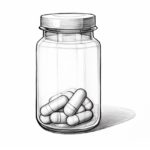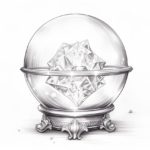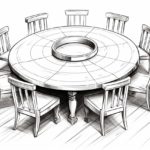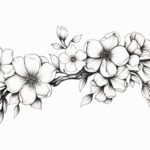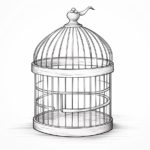Have you ever wanted to learn how to draw a pill? Whether you’re an aspiring artist or just looking for a fun and unique drawing project, this step-by-step guide will show you how to create a realistic and detailed depiction of a pill. So grab your drawing supplies and let’s get started!
Materials Required
To begin drawing a pill, you’ll need the following materials:
- Paper: Choose a smooth and sturdy paper that is suitable for drawing. A sketchbook or drawing pad would work well.
- Pencil: Use a standard graphite pencil for sketching and outlining the pill shape. You can also use different grades of pencils for shading.
- Eraser: Have a good quality eraser on hand to correct any mistakes or make adjustments to your drawing.
- Ruler: A ruler will come in handy to ensure precise measurements and straight lines.
- Drawing Compass: Use a compass to draw perfectly round shapes for the top and bottom of the pill.
Now that you have all the necessary materials, let’s dive into the step-by-step process of drawing a pill.
Step 1: Sketch the Outline
Start by lightly sketching the basic shape of the pill using your pencil. Draw a long and narrow rectangle standing upright. This will be the main body of the pill. Pay attention to the proportions and make sure the sides are straight and parallel.
Step 2: Add Curved Edges
Now, using your compass, draw two small circles on the top and bottom of the rectangle. These circles will represent the rounded ends of the pill. Make sure they are centered and have a consistent diameter.
Step 3: Refine the Shape
With the basic outline in place, take your pencil and refine the shape of the pill. Smooth out any rough edges and make sure the curves flow naturally. Pay attention to the details, such as the rounded corners and the symmetry of the shape.
Step 4: Add the Pill Details
To make your pill drawing more realistic, it’s important to add some details. Start by sketching a line down the middle of the pill to create the division between the two halves. Then, draw a small circle near the top to represent the indentation where the medication is usually imprinted. You can also add additional smaller lines or markings to give your pill drawing some texture and depth.
Step 5: Shade and Highlight
To give your pill a three-dimensional look, it’s time to add some shading and highlighting. Determine the direction of the light source and shade one side of the pill accordingly. Use a softer pencil grade, like a 2B or 4B, to create a smooth and gradual transition from light to dark. Add some highlights on the opposite side of the pill using an eraser, gently lifting off some graphite to create bright spots.
Step 6: Fine-Tune Your Drawing
Take a step back and evaluate your pill drawing so far. Make any necessary adjustments or refinements. Pay attention to the proportions, symmetry, and overall balance of the drawing. Use your eraser to correct any mistakes or clean up any smudges.
Step 7: Add Shadows and Final Details
To make your pill drawing appear more realistic, it’s important to add some shadows. Determine the direction of the light source once again and shade the areas that would be in shadow. Use a blending tool or your finger to blend and soften the shadows. Add any final details, such as small reflections or highlights, to complete your drawing.
Conclusion
Congratulations! You have successfully learned how to draw a pill. By following these step-by-step instructions and using your creativity, you were able to create a realistic and detailed depiction of a pill. Remember, practice makes perfect, so keep honing your drawing skills and experimenting with different techniques. Keep exploring the world of art and let your imagination run wild!

